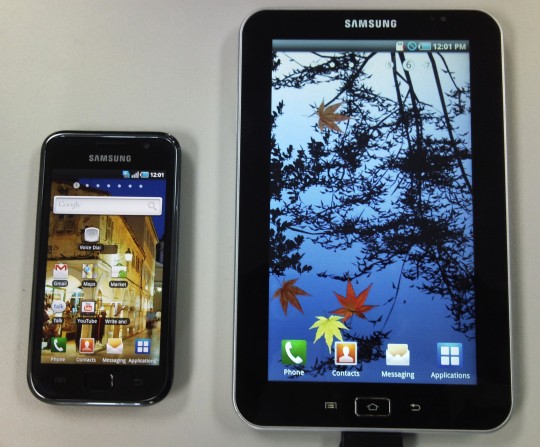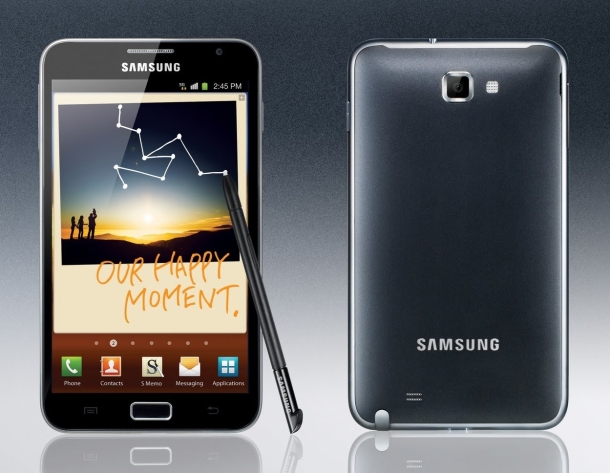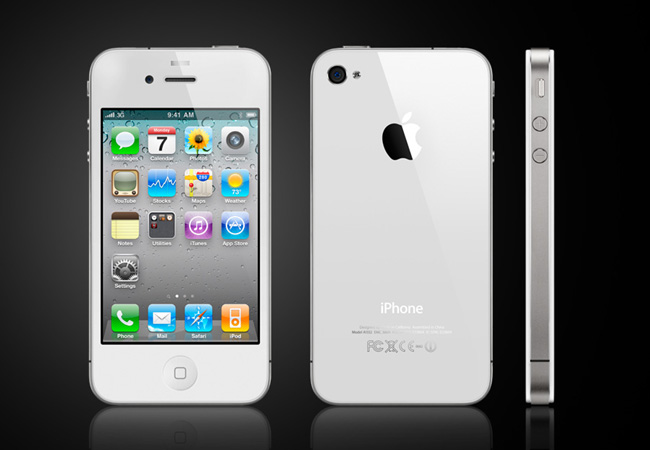
For as much as 2010 was a banner year for Apple, with the debut of the iPad and iPhone sales topping 40 million units sold, a busier, more frenetic iPhone release schedule for 2011 is bound to supercharge sales unlike anything we’re ever seen before. With the appearance of the Verizon iPhone in early 2011, the impending release of the white iPhone 4 and purported iPhone 4s, and the eventual iPhone climax — the iPhone 5 — the public will get its fair share of the iPhone this year.
Many might wonder why Apple has upped the ante on iPhone releases for this year, considering how much anticipation and excitement surrounds the usual June release of the newest iPhone. While Android and Blackberry phones outnumber the iPhone, all of them combined do not add to the media frenzy and consumer fervor over the iPhone. On this blog alone, it isn’t unusual for there to be over 60,000 page views a day from people worldwide, all seeking out the latest news on the iPhone 5.
Why would Apple want to subdivide and possibly dilute the buzz that they have so deftly created for iPhone releases by offering multiple releases of the iPhone in a given year?
Some in the media suggest that the staggered releases of the Verizon iPhone, white iPhone 4, and eventual iPhone 5 all point to a sloppy, disorganized release schedule of Apple this year, indicating that perhaps the complexity of adding Verizon to the mix, Steve Jobs’ ongoing health concerns, and unforeseen calamities such as the Japanese earthquake all shaking up the technology giant’s best-laid plans.
More likely, however, is that Apple is evolving their marketing approach to meet the heightened competition brought on by Google’s Android-equipped smartphones. Unlike Blackberry, which designs and manufactures its own smartphone devices like Apple, Google’s partnership with multiple smartphone producers makes competing with them more cumbersome; while the iPhone has traditionally hosted just one big release each year, Droid phones seem to continuously pop up here and there throughout the year. One of the more recent Android offerings, Kyrocera’s Echo, is an impressive new dual-touchscreen design that is already making the iPhone 4 seem outdated, upping the ante on which new features the iPhone 5 will offer.
Even though Android smartphones don’t garner the same attention as the iPhone, the multitude of different models keep new Android technology fresh in the tech bloodstream.
Apple, in turn, has to answer these challenges in the marketplace.
So, the result may be this new release schedule, where we are treated to multiple iterations of the iPhone throughout the year. Instead of having to wait for the iPhone 5, for example, we’ll also have the white iPhone 4, and who knows — maybe an iPhone 4s available to the public? We’ve already discussed at length how the white iPhone 4 is a bit of a paper tiger and perhaps nothing more than a way of keeping the iPhone hype machine running. But even if that is its only purpose, for Apple it is what they perceive to be necessary in order to keep competing against Google in the smartphone race.
iPhone 5 To Be Released On The Cusp Of The New Fiscal Year?
Just a note about the purported September release of the iPhone 5 for September 2011: for most of us, the “year” runs from January to December, so anything that happens within that time frame is considered to be happening in 2011. But for Apple, their fiscal year ends on September 24th. If the iPhone 5 ends up being released on the other side of September 24th, for Apple, that will mean that the earnings for the iPhone 5 will start at the very beginning of fiscal year 2012.














